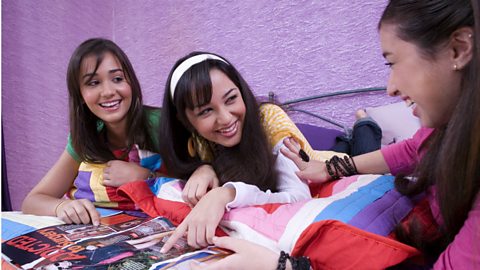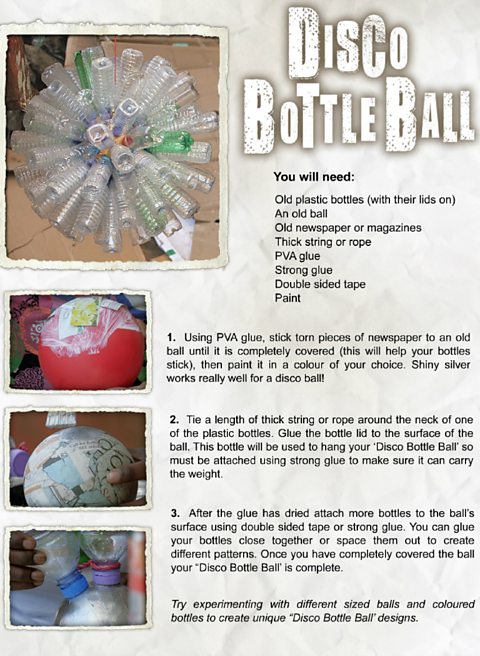Audience

An audience is a person - or group of people - reading a text, listening to a speech, or watching something, eg an advertisement or film.
When writing a text, authors imagine an ideal reader - someone who will respond in a way that achieves the purpose of the writing. For example, someone who visits a place of interest after reading a tourist guide designed to inform and encourage them to visit.
Texts appeal to an intended target audience, eg a piece about âselfiesâ is intended for teens. Texts can also have more than one specific audience, eg childrenâs stories are for children but must also appeal to the adults who will buy them. Writers tailor their writing to an audience by adapting:
- Language â simple vocabulary and sentences structures are suitable for younger children whereas specialist terms Words attached to a certain topic eg. a referee is linked to sports and games. are often attached to a specific topic.
- Style â a chatty, informal style appeals to young adults, as well as older readers if the text is light-hearted whereas a formal style suits serious or academic topics.
- Layout and organisation â layout will focus the audienceâs attention on important parts of the text, gradually guiding them through the ideas, eg a charity leaflet may begin with a focus on the problems and why the reader should donate - and then end with how to donate.
Analysis
You can tell an intended audience by looking at:
- The content â who is interested? For instance, a detailed and highly technical article about bike maintenance would most interest an audience of regular bike riders.
- The tone â is it chatty or formal? For example, a blogger writing about a skincare routine vs a report about the environment.
- The words â does it use specialist terms, simple words or unusual vocabulary? For example, specialist vocabulary relating to a specific sport shows that the intended audience is people who take part in that sport. Tennis players will understand the specialist terms used to score points, such as love, advantage and deuce.
- The use of language, does it use Standard English, slang or dialectThe language of a particular subset of English speakers - often those living in a particular place - having its own unique diction, vocabulary, spelling and even grammar.?
- The use of personal pronouns âweâ, âourâ, âIâ and âyouâ includes the reader and invites them to agree with the writer.
- How the layout supports the purpose of the text and focuses the attention of the audience. For example, subheadings signal what each section is about.
Example
Here is an example text from the website:

Questions to ask:
- What is the purpose of this text?
- Who is the intended audience?
- What gives you that impression?
Analysis
The purposes of the text are to inform and instruct. The intended audience is children.
- The layout uses a heading and subheading. These clearly tell children what they can make and what they need to make it. The instructions are numbered to organise them into step-by-step instructions. This guides children through something new. Simple and compound sentences deliver the information in a short, punchy way. This avoids confusing the younger readers. Brackets help childrenâs understanding with extra explanation, eg â(this will help your bottles stick).â
- The language is imperativeLanguage that commands or instructs the reader.: it tells children directly what to do. The words are simple and easy to understand. Children will know what the specialist term âPVA glueâ means as they use it at school. The word âcompletelyâ reinforces the instruction to cover the ball thoroughly with paper. Without this direction, children might not cover it enough. They will be disappointed if their project goes wrong!
- The tone is informal and chatty: âShiny silver works really well for a disco ball!â sounds like a friend making a suggestion. personal pronounThe pronouns in English (I, you, he, she, it, we, they, me, him, her, us, and them) showing contrasts of person, gender, number, and case. are direct and invite children to get involved â and to take on the challenge.